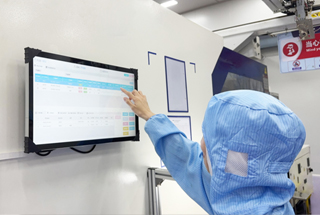A chest tube drainage procedure is a critical intervention for evacuating air, blood, or other pathological collections from the pleural space, thereby re‑expanding the lung and restoring normal respiratory mechanics. Indications include traumatic pneumothorax, hemothorax, empyema, large pleural effusions, or postoperative care following thoracic surgery. Successful placement demands strict adherence to aseptic technique, accurate anatomical localization, and careful post‑insertion management.
Prior to the procedure, gather all necessary equipment: an appropriately sized chest tube, sterile drainage system with water‑seal and suction control chambers, local anesthetic, antiseptic solution, sterile drapes, scalpels, clamps, sutures, and securement dressings. Explain the procedure to the patient, obtain informed consent, and position the patient—typically supine or slightly elevated, with the affected side exposed and the arm abducted above the head to widen the intercostal spaces.
After donning sterile gloves and gown, prep and drape the insertion site—usually the mid‑axillary line at the fourth or fifth intercostal space. Infiltrate the skin, subcutaneous tissue, and peri‑pleural area with local anesthetic. Make a small transverse incision over the chosen rib, then use a curved clamp to bluntly dissect through muscle layers and advance until pleural entry is confirmed by subtle “give.” Insert the chest tube, directing its tip superiorly for pneumothorax or posteriorly and inferiorly for fluid collections. Immediately connect the proximal end to the drainage system, ensuring all connections are airtight and the device remains positioned below chest level.
Secure the tube with heavy non‑absorbable sutures and apply an occlusive dressing to prevent air leaks. Attach suction as prescribed—usually set between –10 and –20 cm H₂O—and confirm appropriate bubbling in the water‑seal chamber without vigorous continuous bubbling, which may indicate an air leak. Monitor drainage output, tube patency, and respiratory status hourly, inspecting the insertion site for bleeding or infection.
When radiographic reassessment confirms lung re‑expansion and drainage falls below the threshold (commonly < 200 mL/24 h), trial clamping under physician supervision can help determine readiness for removal. Deflate any suction, clamp the tube for 4–6 hours, and observe for respiratory compromise. If stable, remove the chest tube swiftly during a Valsalva maneuver or at end‑expiration to minimize air entry, then apply a sterile occlusive dressing. Proper execution of each step ensures optimal lung re‑expansion, reduces complications, and facilitates patient recovery.
Related Products


 Français
Français Español
Español Products
Products

 About Us
About Us











